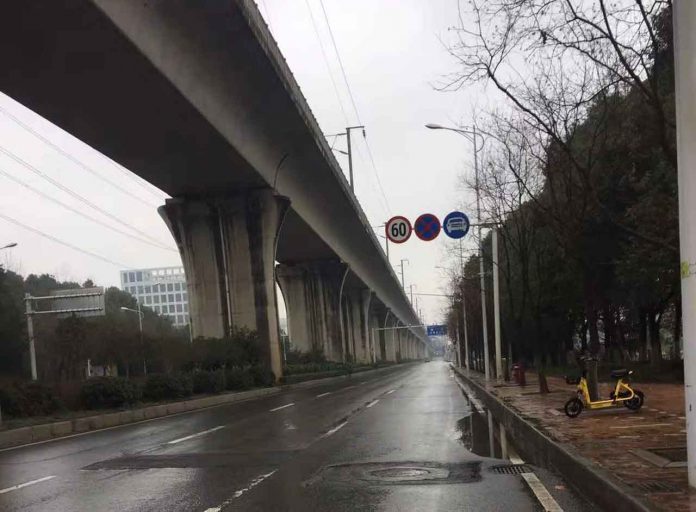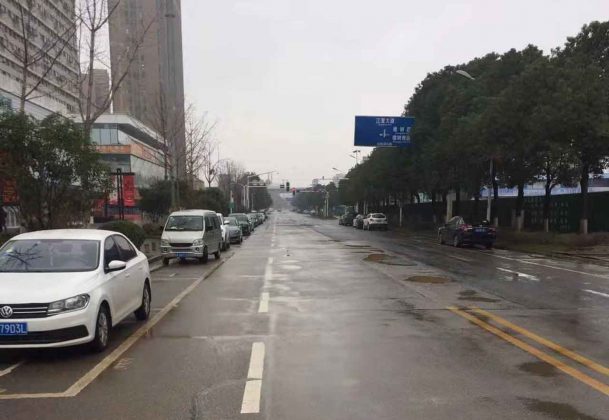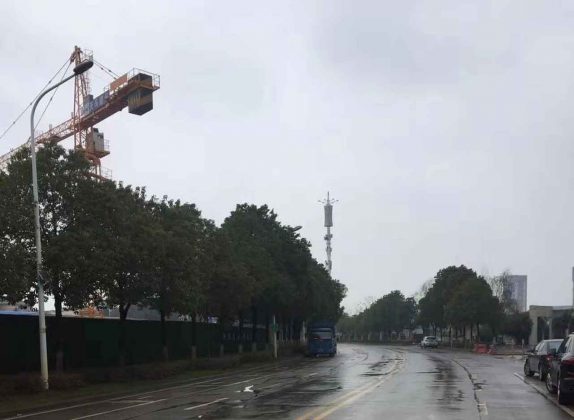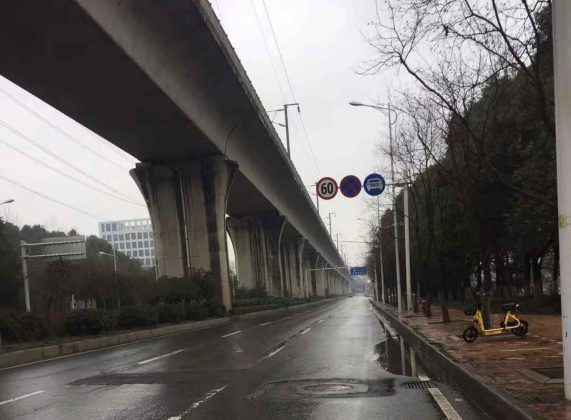Here is how authorities go about closing a city, and what it means for the people who live there
By Umberto Bacchi
(Thomson Reuters Foundation) – Wuhan, a Chinese city of about 11 million, has been under virtual lockdown for more than a week as the government tries to contain the outbreak of the fast-spreading coronavirus, which has killed more than 400 people and infected thousands more.
After announcing the lockdown on Jan. 23 – two days before China started its Lunar New Year holiday – authorities cut most transport links to Wuhan and told people not to leave the central city in a bid to quarantine the respiratory virus.
Coronavirus, which experts think originated in a seafood market in Wuhan that was illegally trading wildlife, has infected more than 20,000 people across China since the illness was first detected in late December.
With more than 170 confirmed cases in about 24 other countries and regions – including Australia, Britain and the United States – the World Health Organisation (WHO) on Thursday declared the outbreak a public health emergency of international concern.
Here is how authorities go about closing a city, and what it means for the people who live there.
WHY WAS WUHAN SHUT DOWN?
David Alexander, a professor of risk and disaster reduction at University College London, said curbing people’s movements is “essential” to slow down the virus, given that China has the biggest and one of the densest populations in the world.
Trains and other public transportation have been suspended, roads have been sealed off and checkpoints established at toll gates around the city. The special measures have been extended to other cities in the surrounding Hubei province.
Chinese authorities have also shut down flights into and out of Wuhan.
But even with strict limitations on travel, Alexander added, the government is unlikely to be able to completely contain the pathogen.
“People have ingenious ways of moving around and defying authorities,” he told the Thomson Reuters Foundation by phone.
WHAT HAPPENS DURING A SHUTDOWN?
Pandemics tend to change people’s behaviour as most will not risk going outside or sending their children to school if they can avoid it, said Alexander.
The coronavirus outbreak is yet to be declared a pandemic, but with public gatherings banned, residents are reporting an eerie calm on the streets as people choose to stay inside their homes.
Of those who do venture out, many wear surgical masks in an attempt to protect themselves from the virus.
The lockdown in Wuhan prompted people to rush to supermarkets to stock up on instant noodles, vegetables and whatever else they could get their hands on.
Meanwhile, across China some businesses have suspended operations while others have instructed employees to work from home.
HOW COMMON ARE CITY LOCKDOWNS?
While the Wuhan lockdown is unprecedented in scale, other cities have experienced shutdowns and partial closures.
In 2009, authorities in Mexico City closed bars, cinemas, churches, offices and other public places to try to stop the H1N1 pandemic, also known as swine flu, from spreading.
But shutdowns mainly occur in response to extreme weather events, like floods and storms, which are set to become more common with the intensifying effects of climate change, say emergency response experts.
In such cases, transport suspensions are also common, albeit for different reasons.
In 2012, New York City shut down train and subway services and implemented bridge and tunnel closures as it hunkered down for Hurricane Sandy.
During environmental hazards, authorities generally focus on getting people out of harm’s way first, said Mark Kammerbauer, an urban and architectural researcher at the Nuremberg Institute of Technology who studies disaster recovery.
But, he noted, residents could be told to stay put when there is not enough time to evacuate, like in the case of a flash flood.
“Essentially that means you are confined within the city,” he said.
WHAT ARE THE CHALLENGES FOR AUTHORITIES?
In Wuhan, as in other city lockdowns, it is key for authorities to anticipate the demand for goods – say, face masks or food – and keep essential services running despite many workers being afraid to leave their homes, said Alexander.
Chinese authorities have told farmers to step up vegetable production, opened roads for delivery trucks and are cracking down on cases of price hiking in order to keep feeding Wuhan residents.
Authorities also have to keep a close eye on residents and react quickly to any sign of infection, added Alexander.
But keeping tabs on millions of people is a daunting task, especially given the virus’ relatively long 14-day incubation period, said Clare Wenham, a global health policy expert at the London School of Economics (LSE).
Some people carrying the virus might have left Wuhan before the quarantine was imposed, she explained.
People have been spotted leaving and entering Hubei province by foot over a bridge spanning the Yangtze river, showing gaps in enforcement.
WILL MORE CITIES FOLLOW WUHAN’S LEAD?
While Wuhan and other Chinese cities are in virtual lockdown, replicating such measures elsewhere would be challenging, say health experts.
For one thing, the costs to the economy of a complete shutdown are very high, said Alexander.
With some factories halting operations and consumers staying home, efforts to contain the virus risk slowing economic growth in China. The virus impact prompted Goldman Sachs to cut its estimate for first-quarter growth to 4% from 5.6%.
Another reason the Wuhan lockdown is unlikely to be replicated outside China is that similar measures are harder to implement in Western democracies, noted Wenham at the LSE.
“I don’t think other countries have … the political ability to do it,” she said.
“Can you imagine if they try to shut down London? I just can’t see the UK population being ok with that.”
(Reporting by Umberto Bacchi @UmbertoBacchi; editing by Jumana Farouky. Credit the Thomson Reuters Foundation)





